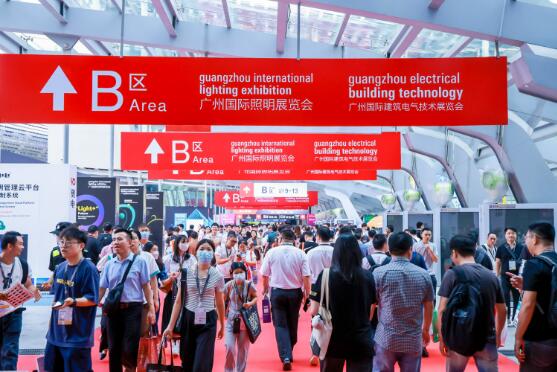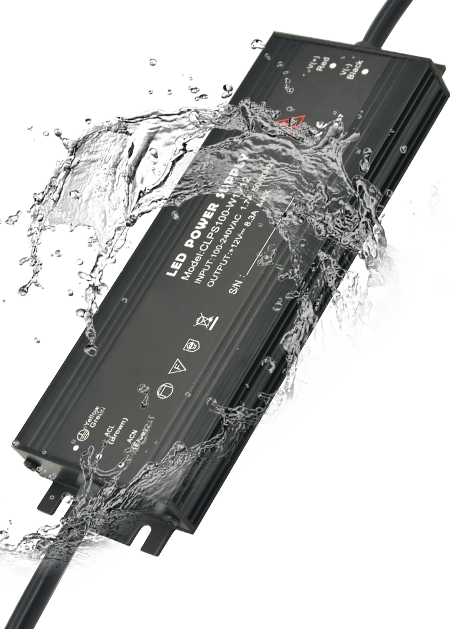
Introduction
The LED power supply plays a crucial role in maintaining the performance and reliability of LED lights, serving as the central control unit for an LED lighting system. It is an indispensable component that ensures the proper voltage and current flow through the LED circuit, effectively regulating power from high to low levels. The LED power supply also acts as an interface, facilitating the integration of sensors and wireless communication modules for a wide range of smart lighting applications, enabling seamless human-machine interaction.
Understanding LED Power Supplies: The Heart of Your Lighting Design
Incorporating LED lighting into your home design enhances style, ambiance, and functionality while being energy-efficient.
What Are LED Power Supplies?
An LED power supply, also known as an LED driver, is a device that changes incoming electrical power into the correct voltage and current needed for LEDs to work correctly. It uses components like rectifiers (which convert AC to DC) and inverters (which convert DC to AC). LED power supplies link the electrical source to LED lights to ensure they receive the correct power levels and avoid damage.
The Role of Power Supplies in LED Performance
An LED power supply controls the voltage and current that goes to LEDs. It can also have extra features like dimming, changing LED colors, protecting against power surges, and managing heat. These features help LEDs work better and last longer.
How They Impact Energy Efficiency
LED drivers make lighting more energy-efficient by changing the power supply to a lower voltage and controlling the current flow. This reduces energy waste and improves how much power is used, making LEDs work at their best efficiency.
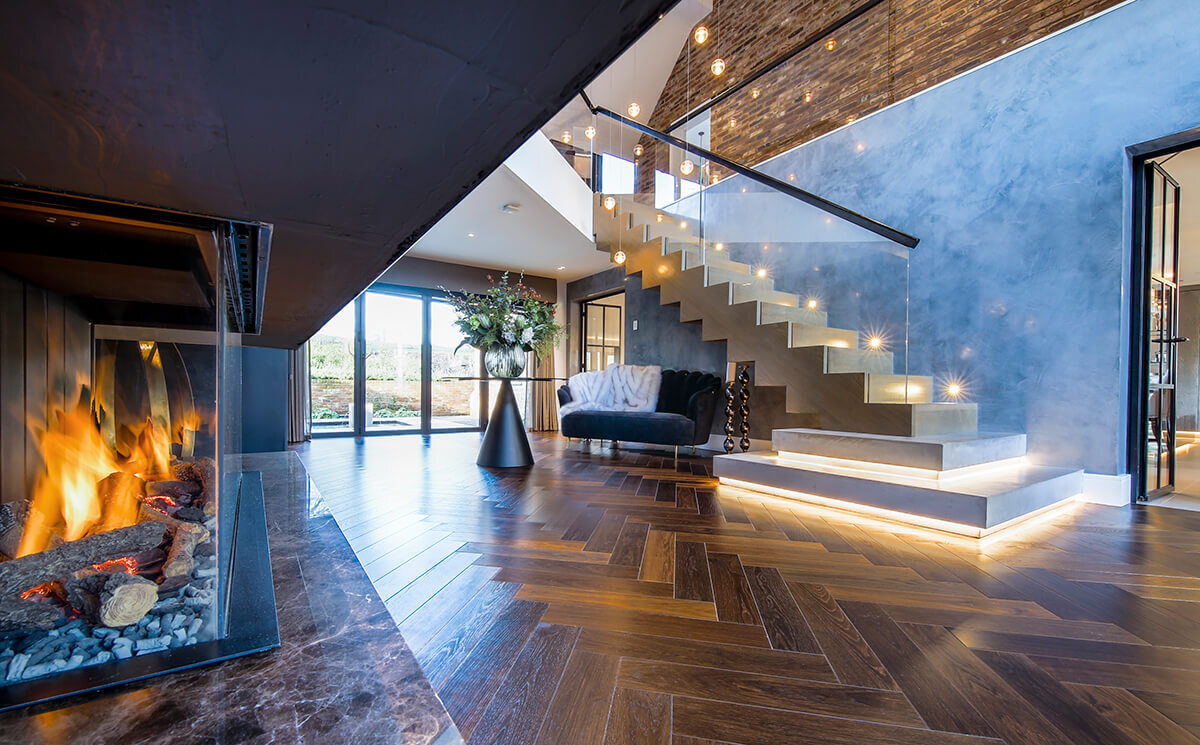
Innovative Lighting Solutions: Creative Uses for LED Power Supplies
If you’re considering adding LED lighting to your space, you’ll need to choose the right LED power supply to support your system. Learning about the features of several types of power supplies available can help you decide which to purchase. LED lighting provides many options for overall room lighting and showcasing specific displays or features. You can choose from several fixtures, colors, brightness levels, and installations that best suit your needs.
Ambient Lighting: Setting the Mood
Ambient or general lighting lights up a room evenly, ensuring the whole space is well-lit. The main light turns on with a switch when you enter a room. It can come from ceiling lights that point down, wall sconces or floor lamps that spread light across the walls, or lighting hidden in features like coves or soffits that reflect light around the room. Task lighting, however, focuses light on specific areas for certain activities. For example, kitchens need bright lights over counters for cooking, living rooms might have lamps near chairs for reading, and offices need good lighting over desks for work. In kitchens, lights under cabinets shine on countertops, and in living rooms, you might use a table lamp for reading.
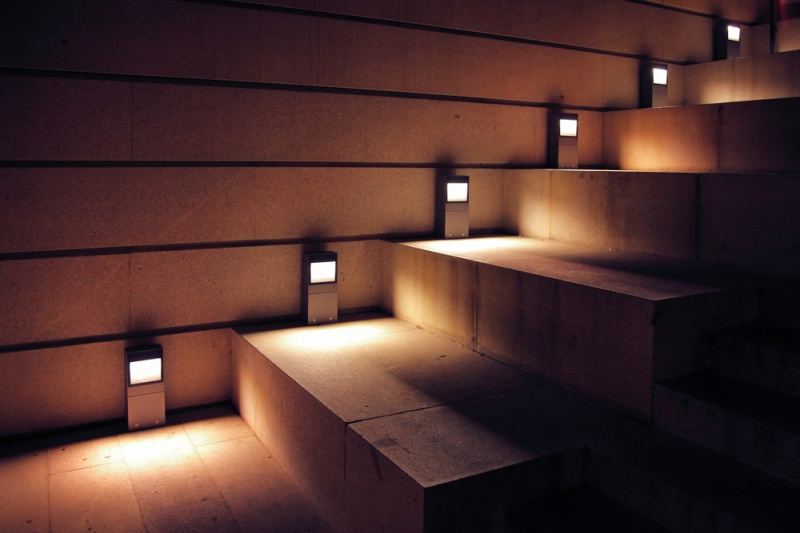
Accent Lighting: Highlighting Key Features
Accent lighting, also known as highlighting, draws attention to objects like artwork, sculptures, plants, or bookshelves. It’s also used outside to spotlight trees, plants, and water features or highlight certain garden areas. Recessed or track lighting with adjustable fittings is often used to focus the light precisely on small items. When planning a room’s lighting, start with the ambient lighting, then move on to task and accent lighting. Lighting designer Markus Earley from Providence, R.I., says, “I like to move from general to specific when planning the lighting for a room.” However, the focus might start with task lighting for rooms used mainly for tasks, like home offices. Similarly, accent lighting could be the main priority in hallways that showcase photos or art.
Task Lighting: Function Meets Style
Task lighting is focused lighting used for specific activities in certain areas of a home. It helps in places like kitchen counters for cooking, living room seats for reading, and desks in home offices for doing paperwork. For example, under-cabinet lighting brightens kitchen countertops, and table lamps in living rooms give enough light for reading.
Customizing Your Space: Dimming and Control Options
Dimming LED lights means adjusting their brightness. This can save money and energy and increase their lifespan. Not all LED lights are dimmable and need specific dimmers rated for LEDs. LED dimming works differently from incandescent or halogen lights. LED dimming can be combined with other devices and controls to create smart lighting scenarios that enhance a space’s functionality and ambiance.
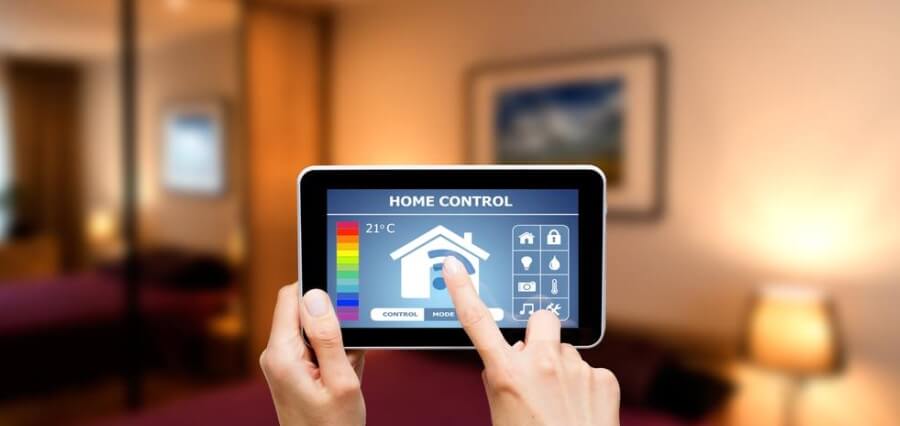
Smart Lighting Systems: The Future of Control
Connecting lights to a smart control system can change how we manage energy in buildings. This system uses smart software to ensure lighting is used efficiently, cutting down waste and improving spaces. LEDs have already improved lighting, but they do even more when they are part of these connected systems. These systems not only save energy but also improve the well-being of people in the building, give important energy usage information, and help buildings become more intelligent. When building owners consider making updates, choosing connected LED lighting should be a top priority. It offers long-term gains in being more sustainable, efficient in operations, and focused on people’s needs. Investing in these modern lighting systems is a step towards a brighter, more efficient future for our buildings.
Wireless Dimming: Flexibility and Convenience
Wireless dimmers offer many advantages over traditional dimmers that are connected via wires. Here are some of the most important ones:
Flexibility: Wireless dimmers let you control your lights from anywhere inside your home or office with a switch, remote control, or motion sensor. You can also control them outside using a mobile app or a virtual assistant like Alexa or Google Assistant. You can turn your lights on or off or adjust their brightness anytime, anywhere. This adds more security, comfort, and convenience to your life.
Convenience: Wireless dimmers make it easier to control lighting without changing the existing wiring or doing construction work. This saves time and money on installation and avoids the hassle and risks of construction. Also, you can put wireless dimmers anywhere within the wireless signal’s reach. This gives you more options and makes it more convenient to use.
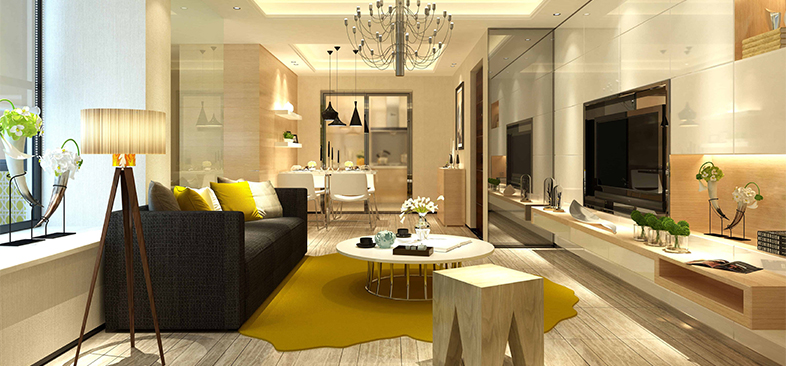
Creating Lighting Scenes for Every Occasion
Event lighting design is an art that needs detailed planning, creativity, and skill. It’s critical in setting the mood for any event, like weddings, corporate events, or small parties. The proper lighting can transform an event, making it unforgettable. These essential event lighting design tips help you create the perfect atmosphere for your special occasions.
Understand Your Venue: Before planning your lighting design, understand your event venue. Consider the size, layout, and architectural features that could affect your lighting choices. This will help you create lighting that enhances the venue’s natural charm without overpowering it.
Set the Mood with Color: Color plays a significant role in influencing mood and emotion in event lighting design. Consider the event’s theme and desired mood when choosing lighting colors. Color-changing LED fixtures can add excitement and visual interest throughout the event.
Highlight Key Elements: Using lighting to highlight focal points and key features in your event space can enhance the atmosphere and create memorable moments for guests. Accent lighting can make floral arrangements, centerpieces, architectural details, and stages stand out, drawing attention and adding depth to the space.
Incorporate Dynamic Lighting Effects: You can create an energetic and engaging atmosphere at your event by using dynamic lighting effects. Color fades, pulsating rhythms and dramatic strobes add a theatrical touch to the lighting design, captivating guests and enhancing the overall experience.
Consider the Comfort of Your Guests: Make guests comfortable by using soft, diffused lighting instead of harsh, bright lights.

Safety and Installation: Tips for a Successful Setup
Choosing the Right Power Supply for Your LEDs
When picking a power supply for LED lights, ensure its output voltage matches the LED’s input voltage of 5v, 12v, or 24v. This avoids voltage drop and other problems.
Common Installation Mistakes to Avoid
Installing LED lighting might look simple, but several things that could be improved can lead to disappointing results. LED lights are popular in homes and workplaces because they save energy and last a long time. However, to fully benefit from LED technology, avoiding common installation errors is important.
Here are 10 common mistakes to avoid, with practical examples:
- Picking the wrong LED type
- Using the wrong voltage
- Not providing enough airflow
- Making poor electrical connections
- Not managing light control well
- Overlooking color temperature
- Placing lights in the wrong spots
- Forgetting about outdoor installations
- Not considering how the setup looks
- Not following the maker’s guide
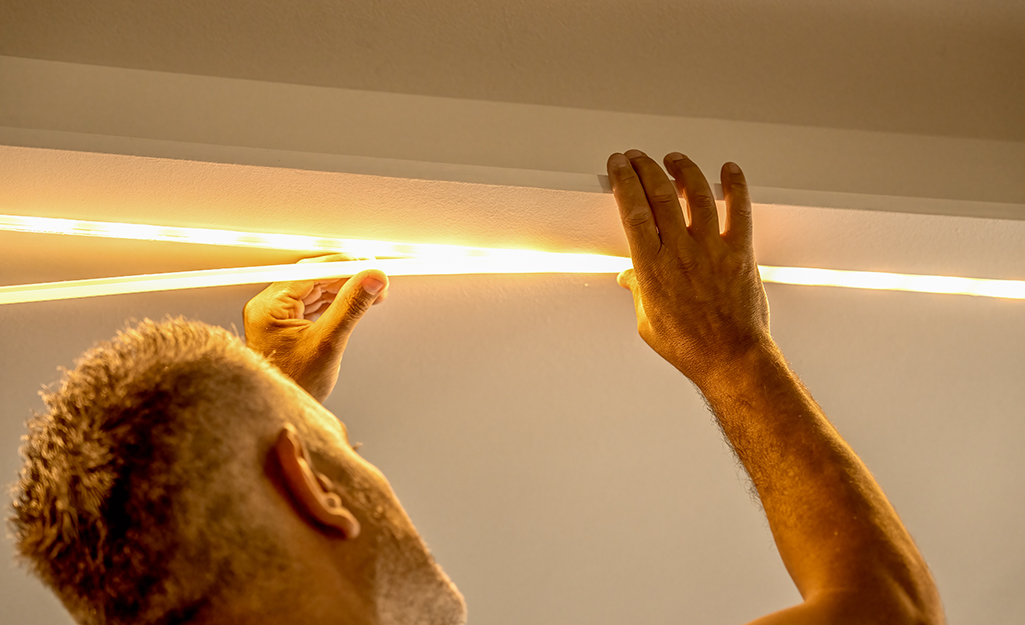
Maintenance and Troubleshooting Tips
Proper maintenance and timely troubleshooting are essential to ensure optimal performance and longevity.
Routine Maintenance of LED Lights :
- Maintaining LED lights is key for their efficiency and look.
- Remember to turn off their power before cleaning.
- Use a soft, lint-free cloth, like microfiber, for a gentle wipe.
- If you encounter stubborn dirt, slightly dampen the cloth with water or a gentle cleaner.
- Steer clear of harsh chemicals and abrasive materials to avoid damaging the LEDs.
- Make sure to clean both the outside and any clear parts like covers or diffusers.
- Regular checks on the electronic components can spot problems early.
- Look over the housing and wires for any damage or wear, and check for any loose or exposed wires that could be hazardous.
- Inspect the lenses or covers for any cracks or changes in color that might impact the light quality.
Troubleshooting Tips:
- To troubleshoot common LED lighting issues, start by ensuring the LED bulb is correctly installed in the socket.
- If you’re using a dimmer switch, verify that the LED bulb is compatible with it; you might need to switch to a dimmable LED model if it’s not.
- Check the wiring for any loose connections or damage that could be causing problems.
- For issues with color inconsistency, inspect the wires connected to color channels for any looseness or damage.
- Make sure all the LED bulbs in a fixture share the same color temperature rating for uniformity.
- For smart lighting systems, double-check the color settings in the app to ensure they’re correctly adjusted.
- To determine if a driver failure is an issue, try the LED bulb in a different fixture to see if the problem persists, indicating a potential driver or fixture issue.
- If the LED driver is replaceable and found to be the culprit, reach out to the manufacturer or supplier for a replacement part.

Conclusion
LED lighting provides a flexible and comprehensive solution for both illuminating entire spaces and accentuating specific features or areas. With an array of fixture types, color options, brightness levels, and installation methods to choose from, it’s easy to customize your lighting to perfectly suit your preferences and requirements. Central to the effectiveness and reliability of LED lighting is the LED power supply. This crucial component acts as the heart of an LED lighting system, ensuring that the correct voltage and current are delivered to the LED circuit. It effectively manages power distribution, from high to low levels, to maintain optimal performance. Beyond its basic functions, the LED power supply also enables the integration of advanced features such as sensors and wireless communication modules. This integration is key to a variety of smart lighting applications, offering seamless interaction between users and the lighting system, thus enhancing the overall functionality and user experience.

